- full price € 15 at the box office - € 14 online
- reduced price € 12 at the box office - € 11 online
– for young people aged between 18 and 25 (not yet turned 25);
– for groups of 15 people or more;
– La Galleria Nazionale, Museo Ebraico di Roma ticket holders;
– upon presentation of ID card or badge: Accademia Costume & Moda, Accademia Fotografica, Biblioteche di Roma, Centro Sperimentale di Cinematografia, Enel (for badge holder and accompanying person), FAI Fondo Ambiente Italiano, Feltrinelli, Gruppo FS, IN/ARCH Istituto Nazionale di Architettura, Sapienza Università di Roma, LAZIOcrea, Palazzo delle Esposizioni, Amici di Palazzo Strozzi, Accademia Nazionale di Santa Cecilia, Scuola Internazionale di Comics, Teatro Olimpico, Teatro dell’Opera di Roma, Teatro di Roma, Università degli Studi di Roma Tor Vergata, Youthcard; - August promo for Lazio residents € 7
valid from August 1st to August 31st, upon presentation of an identity document verifying residency in the Lazio Region
- open € 18
valid for one year from the date of purchase
- free
– minors under 18 years of age;
– myMAXXI cardholders;
– on your birthday presenting an identity document;
– upon presentation of EU Disability Card holders and or accompanying letter from hosting association/institution for: people with disabilities and accompanying person, people on the autistic spectrum and accompanying person, deaf people, people with cognitive disabilities and complex communication needs and their caregivers, people with serious illnesses and their caregivers, guests of first aid and anti-violence centres and accompanying operators, residents of therapeutic communities and accompanying operators;
– MiC employees;
– journalists who can prove their business activity;
– European Union tour guides and tour guides, licensed (ref. Circular n.20/2016 DG-Museums);
– 1 teacher for every 10 students;
– AMACI members;
– CIMAM International Committee for Museums and Collections of Modern Art members;
– ICOM members;
– from Tuesday to Friday (excluding holidays) European Union students and university researchers in art history and architecture, public fine arts academies (AFAM registered) students and Temple University Rome Campus students;
– IED Istituto Europeo di Design professors, NABA Nuova Accademia di Belle Arti professors, RUFA Rome University of Fine Arts professors;
– upon presentation of ID card or badge: Collezione Peggy Guggenheim a Venezia, Castello di Rivoli Museo d’Arte Contemporanea, Sotheby’s Preferred, MEP – Maison Européenne de la Photographie;
Collection
MAXXI’s Collection of Art and Architecture represents the founding element of the museum and defines its identity. Since October 2015, it has been on display with different arrangements of works.
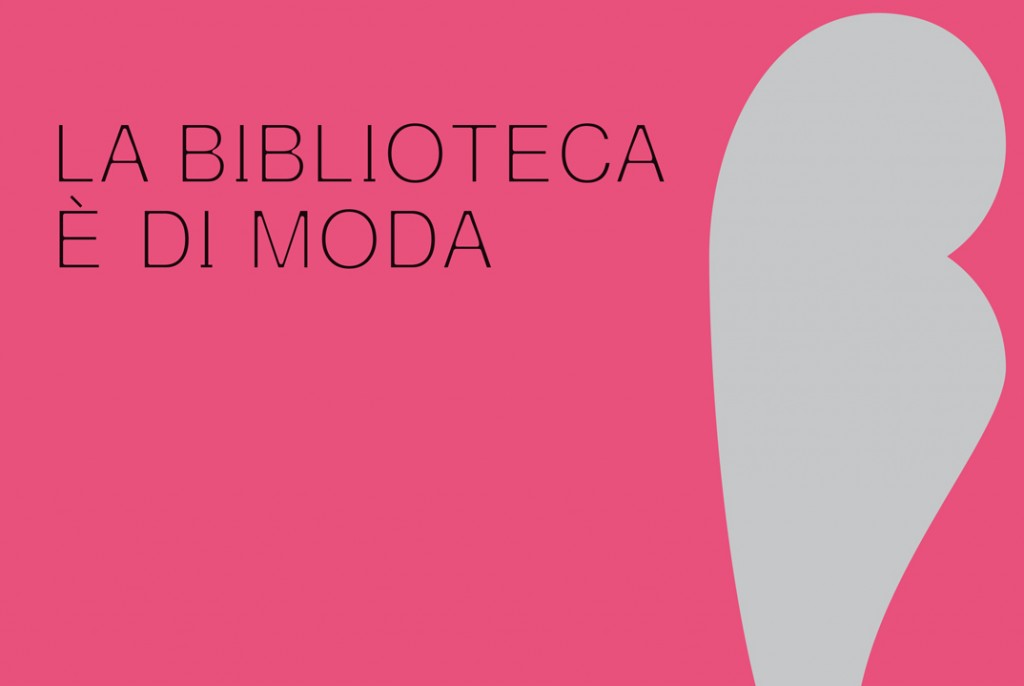
other upcoming events
18 Sep 2025 06.00 pm
books at MAXXIPiù turismo per tutti?by Edoardo Colombo and Paolo Verri
24 Sep 2025 05.00 pm
MAXXIperTUTTIIl Museo si raccontaguided tours in LIS
25 Sep 2025 07.00 pm
Le ConversazioniRoberto Andòwith Antonio Monda
26 Sep 2025 07.00 pm
musicThe Scoop Jazz Band Noi e lo stadio
1 Oct 2025 06.00 pm
books at MAXXISenza riparo. Sei tentativi di leggere il presenteby Guido Mazzoni





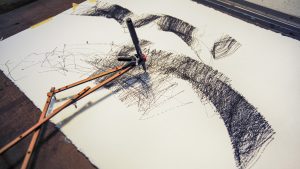
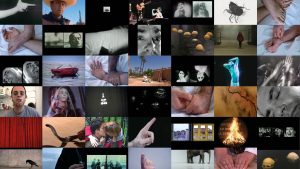



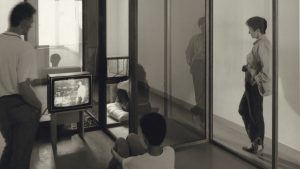
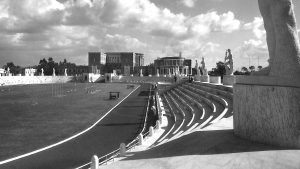













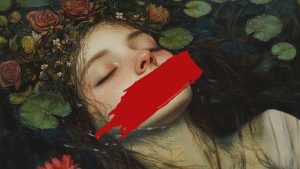






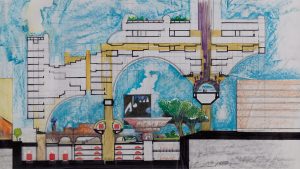
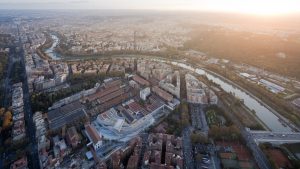
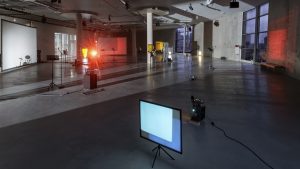
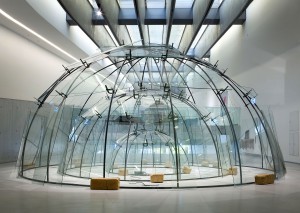
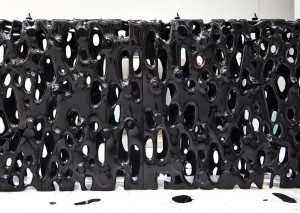
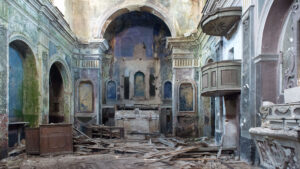

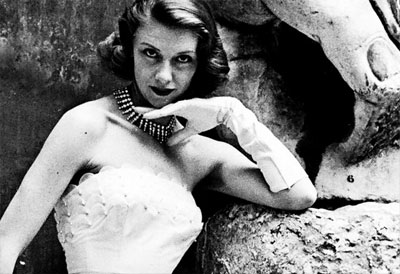



MAXXI B.A.S.E. – admittance free while places available
Three books on fashion, three research and study trips associated with fashion
On the occasion of the exhibition Bellissima. L’Italia dell’Alta Moda da 1945-1968, the Library of the Academy of Costume and Fashion of Rome, the Biblioteca Universitaria Alessandrina of Rome, the Library of Industrial Design and Fashion of the IUAV University of Venice and the Library of the Fabric and Costume History Study Centre, Palazzo Mocenigo, Venice, have lent precious books including Una nuova moda italiana by Maria Luisa Frisa, Il bello e il buono. Le ragioni della moda sostenibile edited by Marco Ricchetti and Maria Luisa Frisa, and The art of fashion: installing allusions, catalogue of the exhibition at the Museum Boijmans Van Beuningen, Rotterdam 2009.
These books represent an opportunity to discuss issues of particular currency in the world of fashion.
On the basis of the subjects dealt with in the book Una nuova moda italiana by Maria Luisa Frisa, this seminar will be an opportunity to talk about the new generation of Italian fashion designers, a generation that loves contemporary art and architecture, which questions fashion, aware of the need for radical rethinking that overcomes the Made in Italy label to redefine its identity. In the text, Maria Luisa Frisa selects a group of fashion designers, with a critical approach that thinks out of the box to define the unmistakeable characteristics that still today give form and continuity to that highly specific and sophisticated Italian identity.
With Maria Luisa Frisa, Andrea Lupo Lanzara, Gianni Serra e Sergio Zambon.
An event in collaboration with the Library of the Academy of Costume and Fashion of Rome, the Biblioteca Universitaria Alessandrina of Rome, the Library of Industrial Design and Fashion of the IUAV University of Venice and the Library of the Fabric and Costume History Study Centre, Palazzo Mocenigo, Venice.